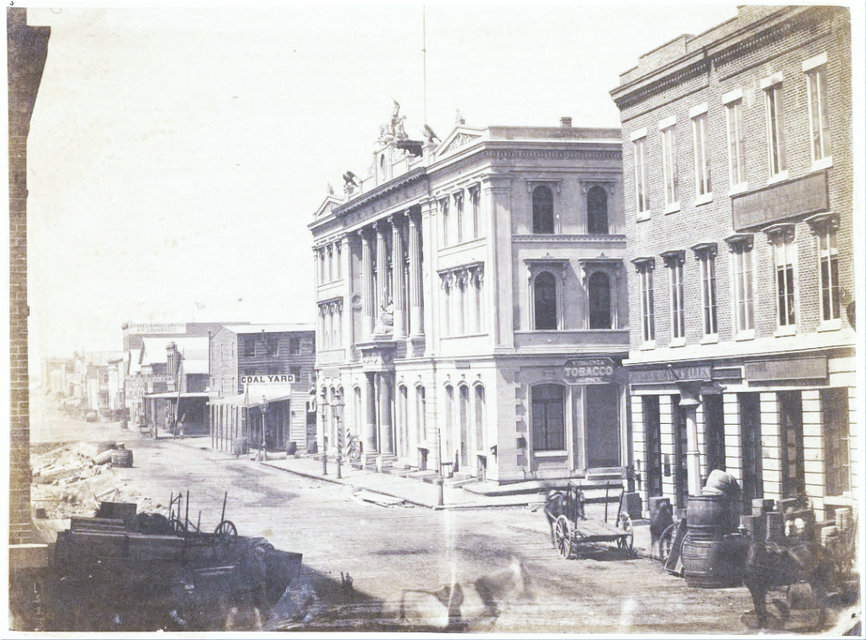George Robinson Fardon


George Robinson Fardon(1807 – 1886), he is credited with introducing the wet collodion photographic process to California and experimented with paper photographs as a means for wide distribution of his pictures.
Born in 1807, in Birmingham England, George Robinson Fardon travelled to New York in the 1840s. In 1849 he moved to San Francisco, where he became a well-respected photographer among the upper classes. He is considered to have been “the first American to apply both the ‘outdoor’ capacity of wet-collodion and its effectively infinite reproducibility”. Fardon is perhaps best acclaimed for his San Francisco Album, Photographs of the Most Beautiful Views and Public Buildings of San Francisco, which he published in 1856. This book made Fardon the first person in America and, possibly, in the whole world, to publish a collection of photographs of a metropolitan area, and is considered to be of enormous historical value.
However, by 1858, the gold rush in California had wound down, and a new one was beginning in the colony of British Columbia. Fardon relocated to Victoria, a town in which he had familial connections. He first established a photographic studio at 68 Government Street; in 1864, he moved to Langley Street, near the corner of Yates. Fardon quickly became one of the leading photographers in Victoria, and his business seems to have been very successful. He established an admirable clientele; he appears to have been the photographer of choice for the political and social elite of Victoria. Sir James Douglas and Governor Arthur Edward Kennedy were among some of his more prominent patrons, and he came to be considered one of the top portraitists in what was to become Canada.
Fardon also continued to maintain an international reputation. In 1862, some of his more scenic Vancouver Island work was displayed and admired at the London International Exhibition, and in 1863 one of his photographic shots of Victoria was used on the front of the London News.
Little can be ascertained about Fardon’s personal life. It appears that he was Episcopalian; according to his obituary, his funeral services were held at the Reformed Episcopal Church. There is no evidence suggesting that Fardon was ever married, or that he had any children. His will names only three half-brothers and a half-sister. One of his half-brothers, Alfred John Langley, was a very prominent resident of Victoria.
Referred to as “Our dear old friend Mr. Fardon” in the British Daily Colonist , Fardon seems to have been very well-respected in the local community. When asked by this same paper to comment upon a recent trip to Britain, he was said to have replied to the effect that “he would under no consideration exchange climates or residences; and he intend to link his fortunes for the rest of his days with this country”. In fact, Fardon did live out the remainder of his life in Victoria. He retired in the 1870s, and continued to live in the community until his death on the 20th of August, 1886. He was buried at Ross Bay Cemetery.